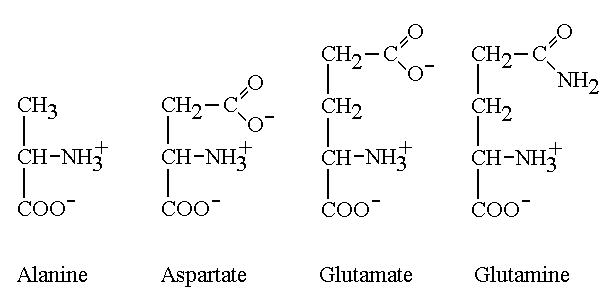Amino Acid Metabolism:
All tissues have some capability for synthesis of the non-essential amino acid remodeling, amino acids and conversion of non-amino acid carbon skeletons into amino acids and other derivatives which holds nitrogen. Moreover, the liver is the main site of nitrogen metabolism in the body. In the times of dietary surplus the potentially toxic nitrogen of amino acids is eliminated through deamination, transaminations, and urea formation; the carbon skeletons are commonly conserved as carbohydrate, through gluconeogenesis, or as fatty acid through fatty acid synthesis pathways.

In this respect amino acids fall into three categories that are: glucogenic, glucogenic, or ketogenic and ketogenic. The Glucogenic amino acids are those which produce rise to a net production of pyruvate or TCA cycle intermediates, like as oxaloacetate or α-ketoglutarate, all of that are precursors to glucose through gluconeogenesis. Whole amino acids except lysine and leucine are at least partly glucogenic. Leucine and Lysine are the only amino acids which are solely ketogenic, providing rise only to acetylCoA or acetoacetylCoA, neither of that can bring about net glucose production.